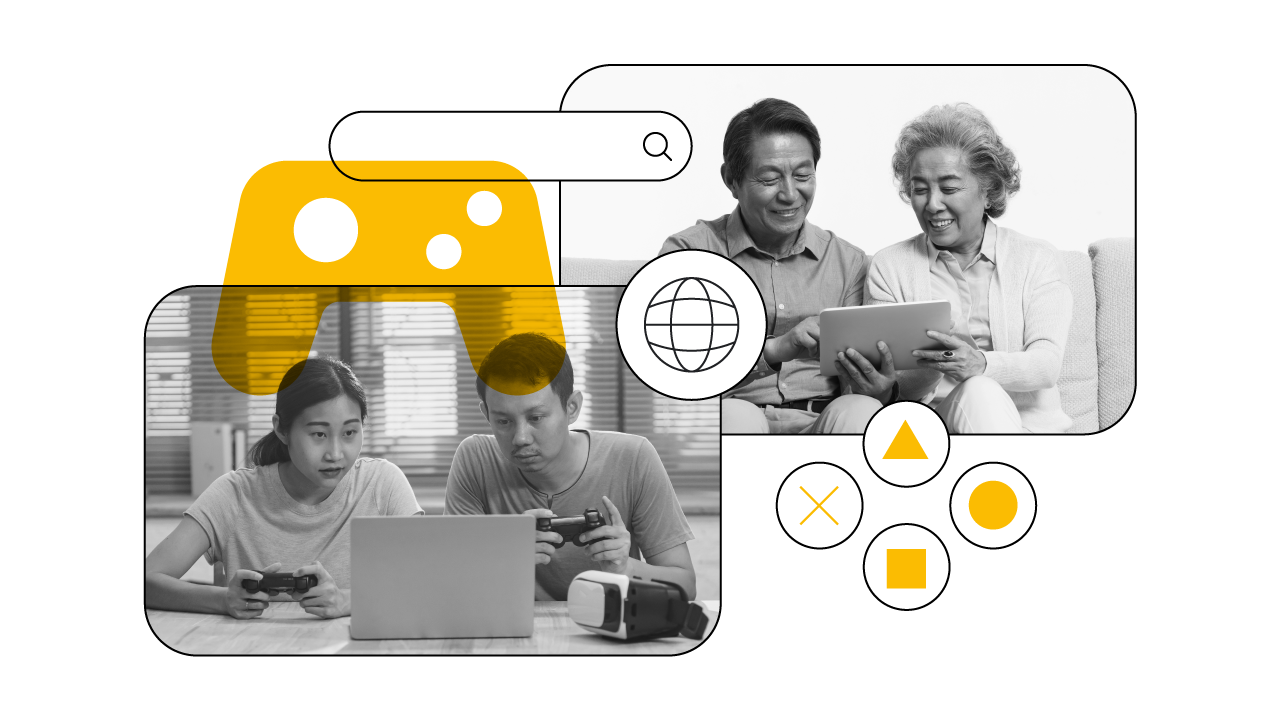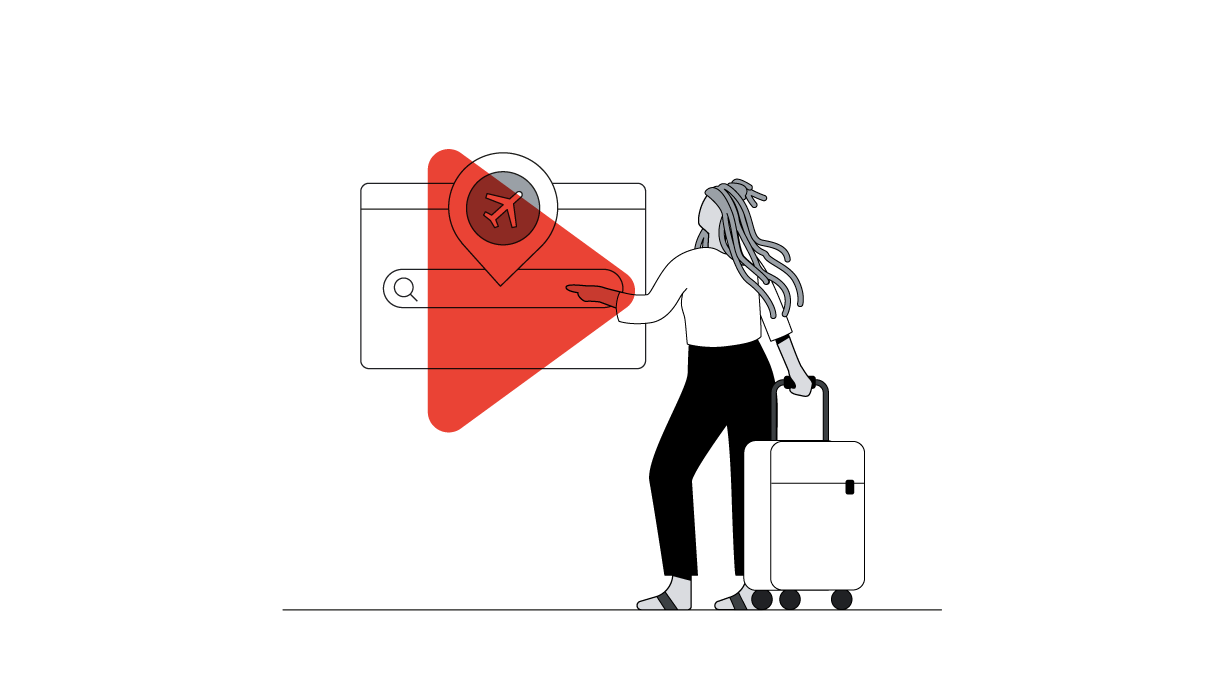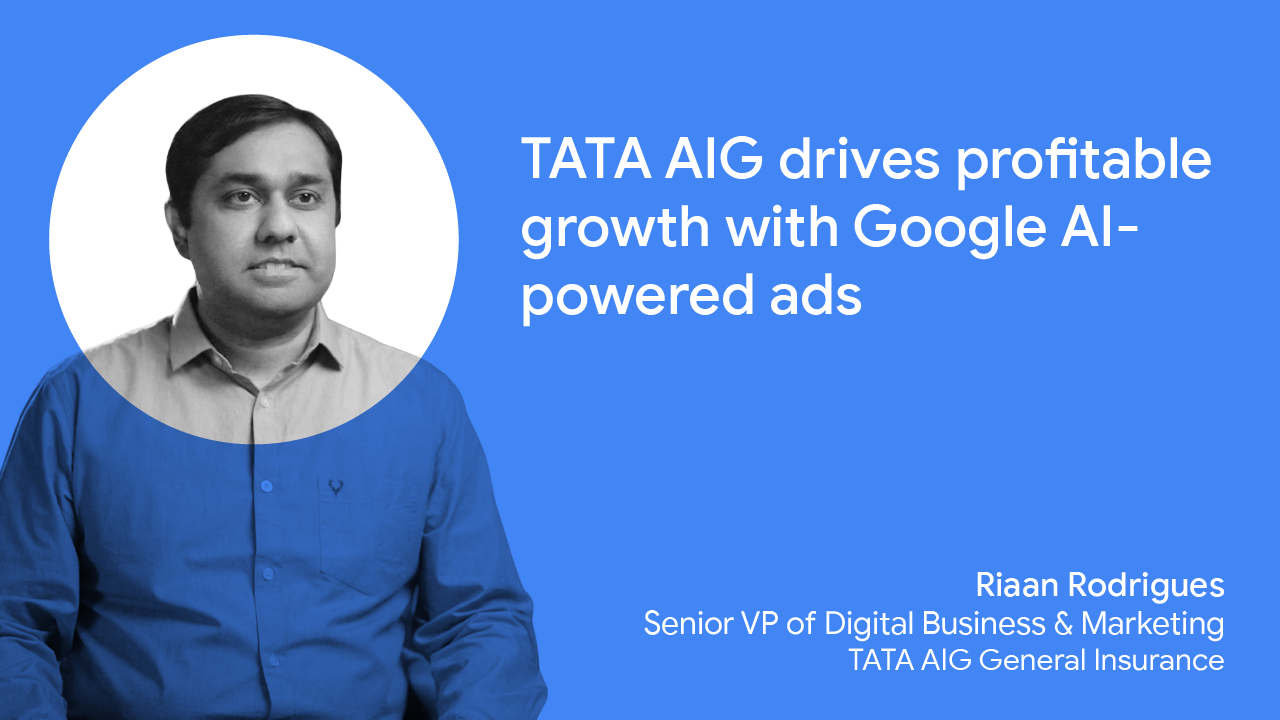Google’s Unskippable Labs team reviewed more than 150 ads from 2020’s APAC YouTube Ads Leaderboards to understand how brands and agencies responded to immense uncertainty and challenges in messaging and production. Of the many unforgettable stories told, these are the key observations and themes that stood out in a year unlike any other.
Observation 1: Go beyond the obvious
Only 20% of the total ads reviewed addressed the pandemic directly. Earlier on, we saw that a big proportion of effective ads remained largely business as usual, and a similar trend is observed on the Ads Leaderboard, a measure of the most creative ads that people choose to watch on YouTube.
Can staying close to the beats of a familiar marketing calendar be an effective strategy even during an unpredictable time? The data paints a promising picture. From Petronas’ fresh take on national unity for Malaysia’s Merdeka celebrations, Lazada’s star-studded spot for their annual 11.11 shopping event, a mini movie for Father’s Day, to product launches like Burger King’s Big King XL promo, advertisers proved that occasions that people hold close their heart will continue to matter — and shouldn’t be erased.
What about ads that did talk about COVID-19? We found that brands that acknowledged the impact of the pandemic, but went further to land a strong local connection to their underlying brand values, struck a personal chord. Like Thailand’s dtac, who addressed the fears of families separated by lockdowns with an unforgettable twist to instil trust in their connectivity solutions. While Google Australia’s Helping Wonderers be Wanderers turned a product awareness spot into an insightful solution that can satisfy wanderlust until lockdowns ease.
As consumers adjust and adapt to the new normal, advertisers will need to stay one step ahead to find richer, deeper insights to inform stories that resonate more closely to their homes and hearts.
Observation 2: Length remains an advantage
While short-form functional and tactical ads appeared more frequently in 2020, long-form storytelling still reigns among the leaders. The average length of the ads reviewed is 101 seconds, with 30% of the pool even going 120s and beyond.
Length primarily used to tease, humanize and set up the emotional stakes to compel and activate audiences. While purpose-led ads, like those from ThaiLife Insurance and Nike Japan, doubled-down on length with a variety of cinematic techniques to stir specific reactions and draw attention to important issues, the real surprise was the emergence of product-focused storytelling that used time just as creatively to make functional attributes appealing to viewers. Sony Xperia 5 II “True Love Detective Agency” documented the exploits of a “True Love Agency” to drive awareness for its camera function, and Air New Zealand’s flight safety video was cleverly positioned as a pitch to make New Zealand the “8th Wonder of the World”.
One thing that these films all have in common? They were conceived for mobile-first storytelling on digital platforms. Often starting high and moving fast, the edits danced along an emerging story arc to create unexpected tensions and moments to keep audiences watching when attention was most likely to drop off.
Observation 3: Experiment with different content types
It comes as no surprise that we’re seeing more experimentation in production in this one year than in the last decade.
Co-creation was one driving force in many of these ads. Otsuka Pharmaceutical Japan (Pocari Sweat) lifted the national spirit with a remote student choir. Ruangguru Indonesia reminded everyone not to leave any child behind in their education, Head & Shoulders’ #HairsomeMan was a fun platform for men to acknowledge their grooming fails during lockdown, while Kotex kept things inspiring and powerful as they celebrated female empowerment with achievements of women past and present.
We also saw that as long as the content speaks to the imagination of viewers, whether you’re an ice cream lover or you fancy yourself a home chef, it doesn’t matter if the execution wasn’t as polished as it used to be.
Animation also came into its renaissance in 2020 as a high-quality alternative to live-action shoots, turning up in all sorts of ads: as Colgate’s family-friendly, tooth-defending superheroes, Safeguard’s hip-hop handwashing rap and in Nestlé Thailand’s multi-episode, Otaku-inspired love story that cuts across live action and 2D frames in a variety of styles, genres and formats.
As ads emerge as a way for brands and consumers to include and care for each other, in the coming months, advertisers should start thinking about what representation means for their brand and grow different audiences to drive their messages at scale.
Observation 4: Humor is the best defense against uncertainty
If the role of advertising is to entertain while driving a memorable message, then humor is the MVP of the season, punching above its weight in the ads reviewed.
We saw ads containing elements of humor doing well in the leaderboard. What was unexpected, was the wide spectrum of humor that audiences responded to — a nod, perhaps, to our trying times, like this ad from Australian Lamb, which made a case to tear down state walls with tasty, tasty lamb.
Depending on your mood, watching Apple Watch’s funny attempt to frustrate Helena Bonham Carter could raise a wry chuckle, while Kellogg’s Korea’s surreal Green Onion cereal song-and-dance apology might just make your jaw drop. Somewhere between deadpan and hyperbole are ads like AAMI’s Fastest Talker vs Fastest Typer faceoff, which landed its message memorably and with impact.
These delightfully funny, strangely optimistic ads provided a much-needed escape for our audiences – sometimes literally like Nestle Thailand’s gag-filled time-jump into 17th century France. So consider humor as a remedy for “cabin fever” to lift your creatives and audiences.
Observation 5: Music is a powerful creative lever
Last year, we observed that advertisers were beginning to leverage catchy jingles and songs to drive audience engagement.
The role and relevance of music has grown even more since then.
In 2020, 41 out of 154 ads had bespoke music and/or lyrics specially composed for the stories that brands told. As music enables advertisers to communicate information crisply, intensify emotions and create swift and surprising shifts in tone, it effectively functions as a shortcut for brands to quickly connect with the audience and sustain their interest.
For Generali Vietnam, adding modern lyrics to a classical tune brought new meaning to the pressures of Tet. Watsons, on the other hand, used genre mashups to dramatize the epic Lunar New Year, inter-generational family face-off. Music was also used to great effect to depict a boy’s sporting journey with his hero in Oppo’s collaboration with cricketer MS Dhoni, as well as make important health and safety information more appealing as seen in the hilarious Phua Chu Kang ditty, “Singapore Be Steady” from the Singapore government.
In a year unlike any other, it’s heartening to see advertisers and creative agencies rising to the challenge and thinking out of the box to connect with old and new audiences. We hope to see this momentum continue to grow as we head into 2021, with richer and even more distinctive stories emerging from diverse APAC — thoughtfully conceived, boldly told!
Methodology
The Leaderboard is a monthly celebration and showcase of the most creative ads that people choose to watch on YouTube. Each month, we release a list of the top ads in each APAC country for the preceding month. The winning ad is determined quantitatively by an algorithm that factors in a combination of organic and paid views, earned-to-paid view ratio, watch time, and audience retention.







